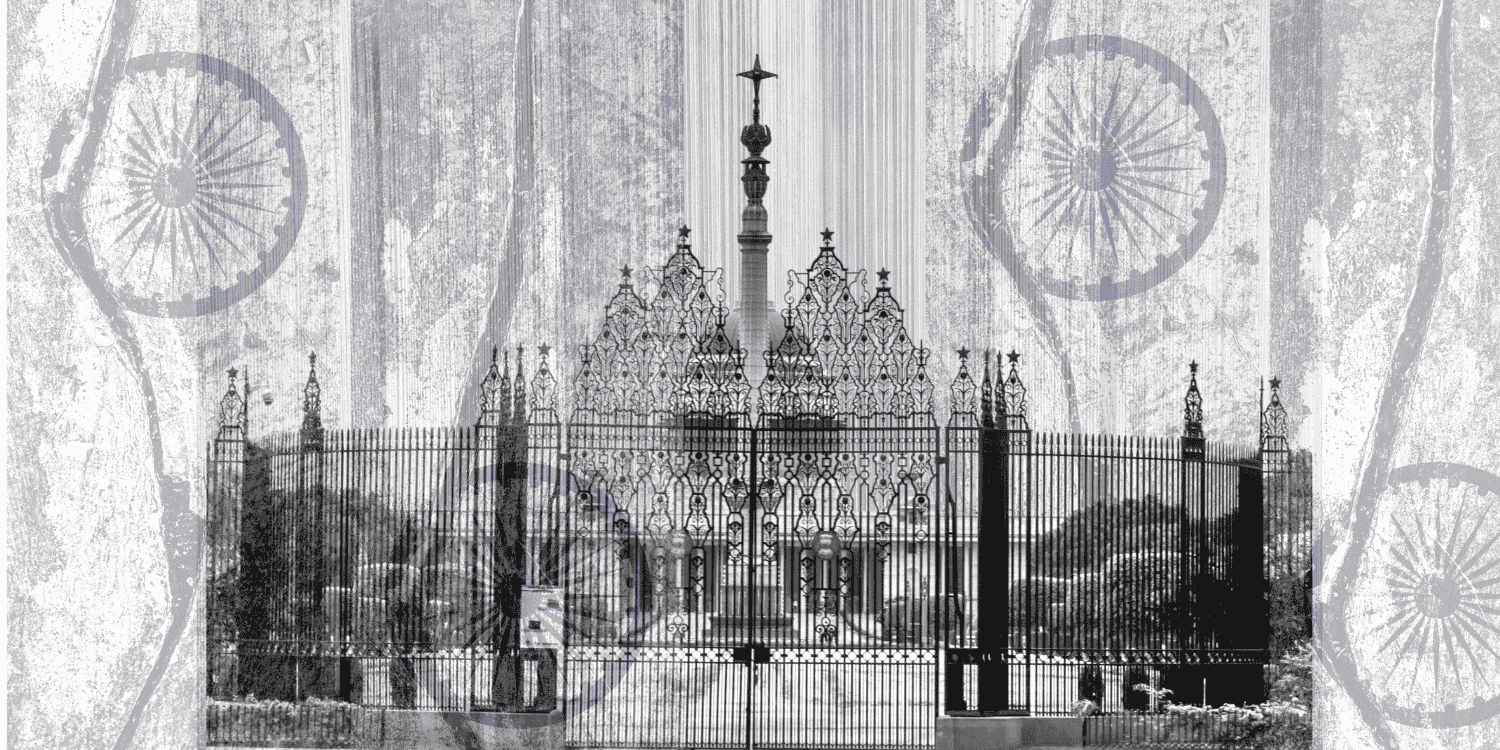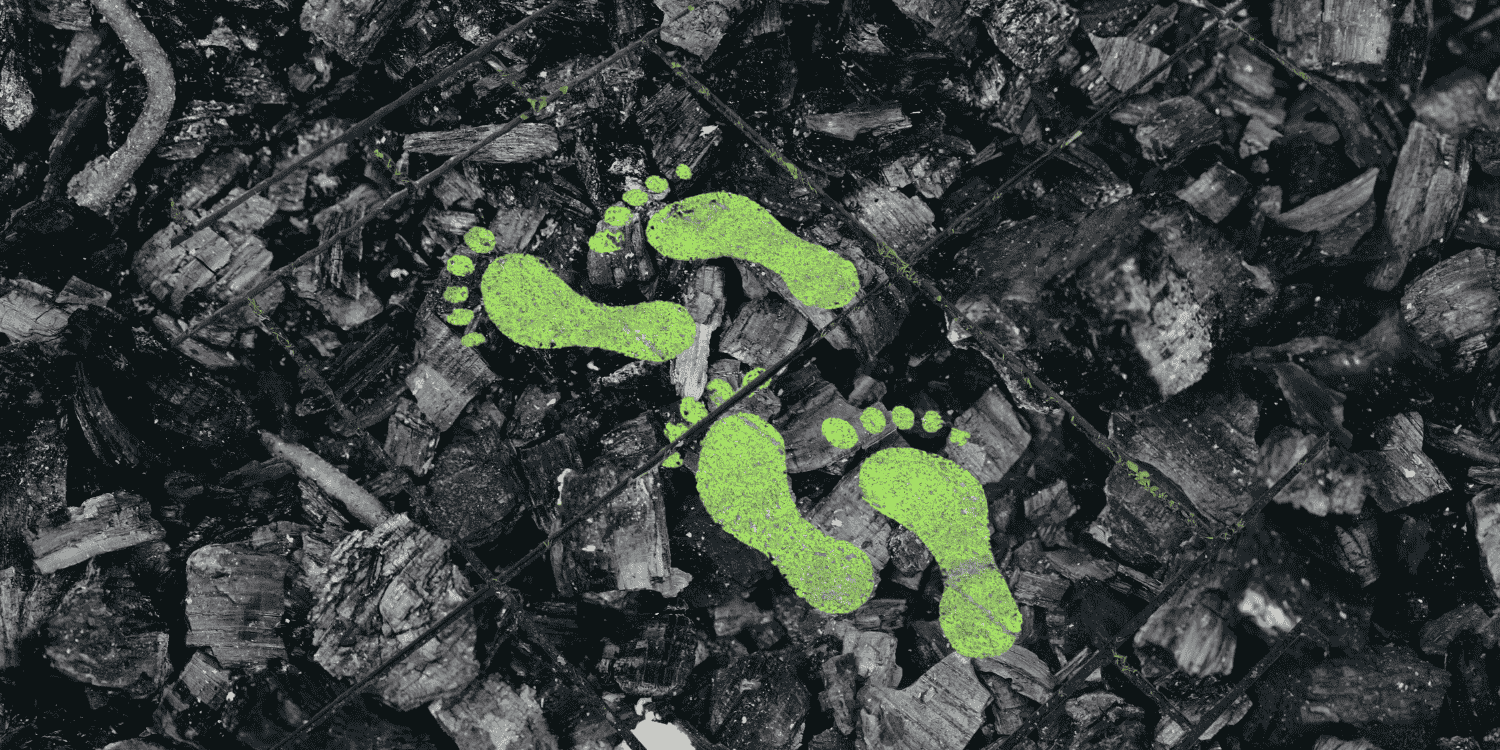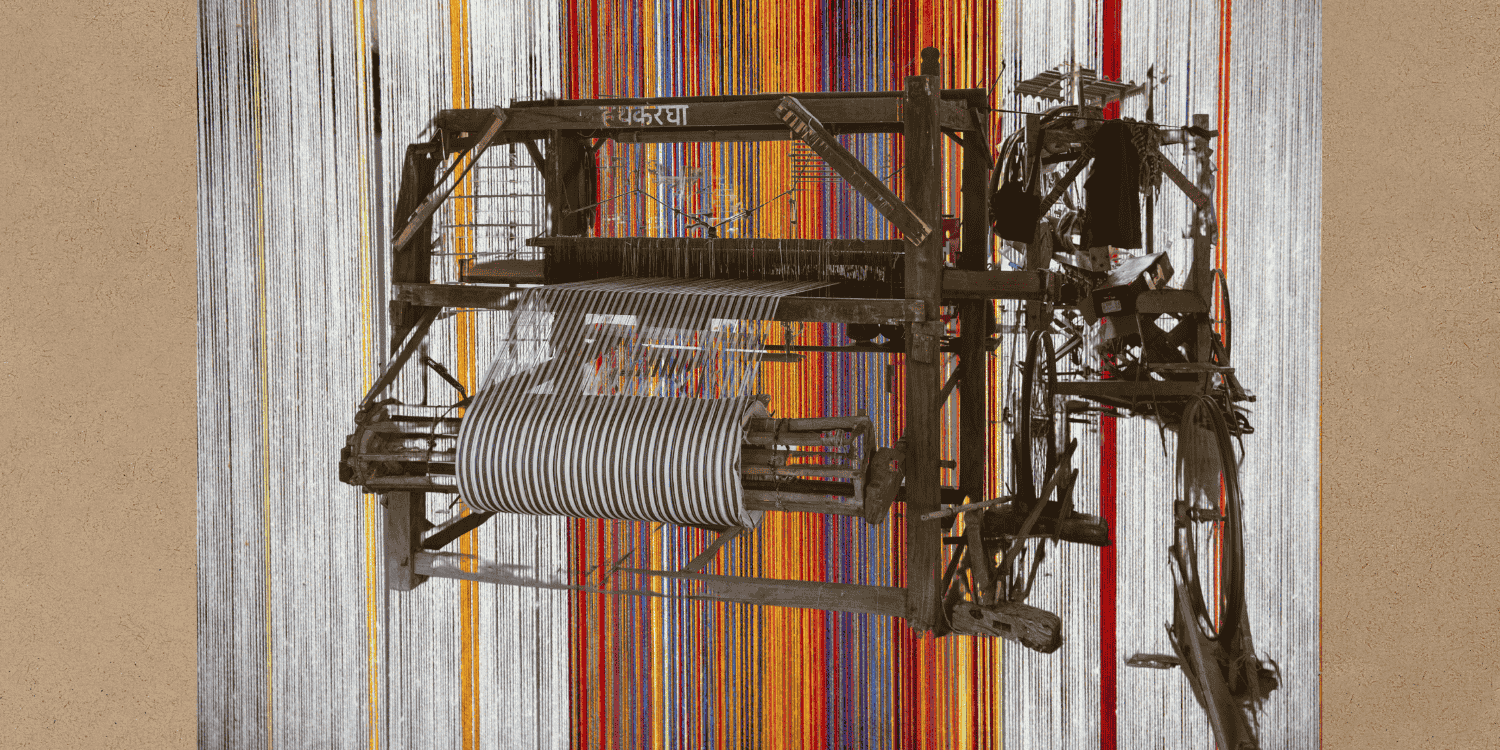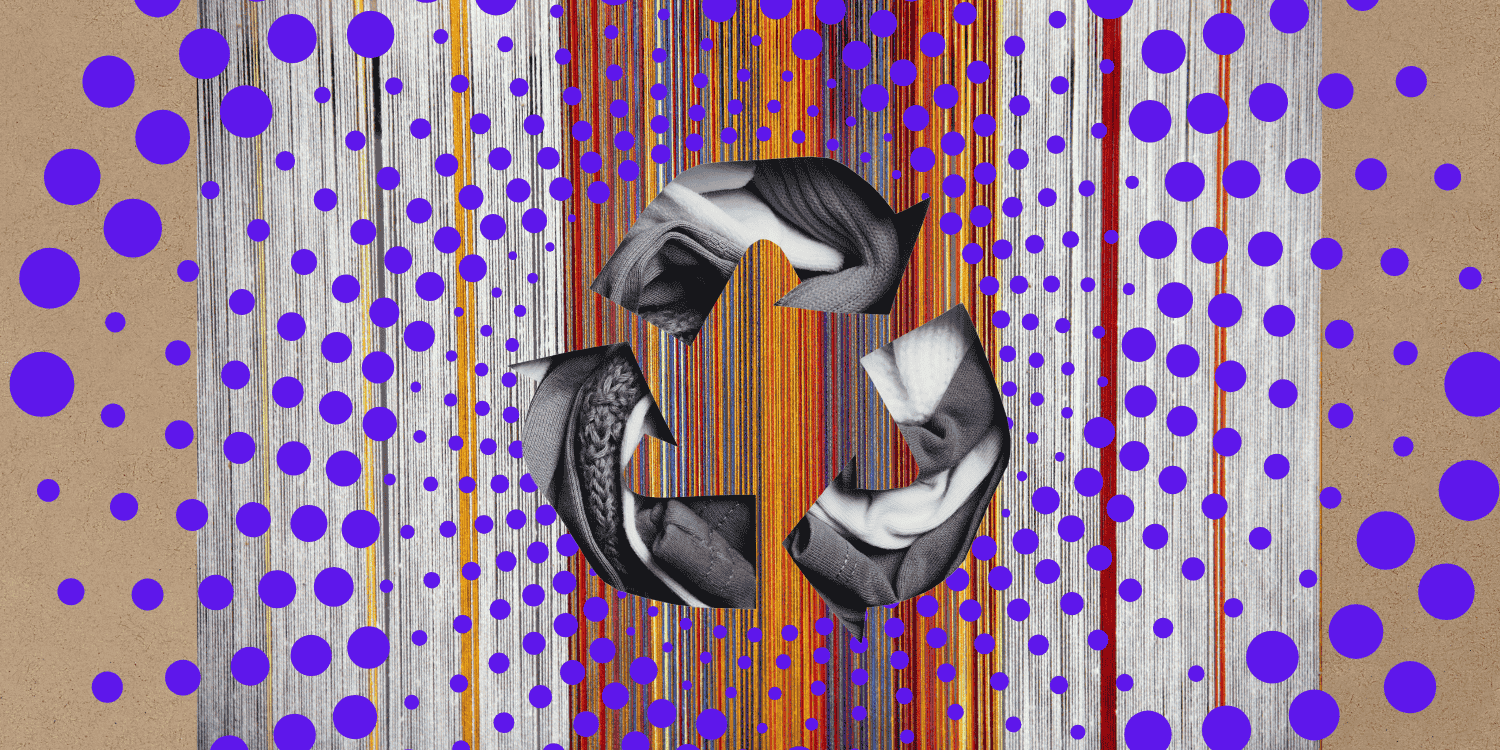Most discussions surrounding ‘Naari Shakti’ (women’s power) have focused on one term: the Gender Budget. Headlines across news channels claim a massive increase in the gender budget—from ₹2.38 lakh crores in 2023-24 to ₹3.27 lakh crores under the 2024-25 Union Budget—an increase of ₹89,000 crores, or 37%. But what do these numbers mean? Compared to last year, does this signify a substantial rise in funds for working women’s hostels, childcare centres, and One Stop Centres? This article explores how these figures were calculated and the impact this budget will have on ‘Naari Shakti’.
Separating Gender Budget and the Budget for Women & Girls
Various ministries and bodies calculate the Gender Budget to determine the benefits arising from existing funds to women and girls. This calculation is divided into three parts: (a) allocations from schemes that are 100% intended for women, (b) allocations from schemes where at least 30% of the beneficiaries are women, and (c) allocations from schemes where less than 30% of the beneficiaries are women. The sum of these three components forms the Gender Budget.
Part-A Schemes
Part-A Schemes comprise about 34% of the Gender Budget, with an allocation of over ₹1.12 lakh crores. Including these schemes in the Gender Budget may seem non-controversial as they are fully intended for women. However, a closer examination reveals some doubts.
The concerning part of Part-A schemes is its burden of a promise unfulfilled. When a scheme is 100% dedicated to women, or when all of its beneficiaries are touted to be women, one would expect women as the sole beneficiary, instead of a part-beneficiary or secondary beneficiary. It would also be a reasonable expectation that the schemes are primarily intended to benefit women only. However, that is not the case with a large part of the Part-A schemes.
The largest component of Part-A Schemes is the Pradhan Mantri Awas Yojana (PMAY) (Urban and Rural). This housing scheme accounts for over 71% of this allocation. This scheme is included in Part A, since women receive joint or sole property ownership. Contentions arise on counting cases of joint ownership as provisions meant ‘100% for women.’ A further examination of beneficiary data shows that about 69% of the houses provided under the PMAY in rural areas are through joint ownership. In some cases, women are only secondary owners, while men in the family have primary ownership. Analysis of such data argues for excluding a large part of PMAY from the gender budget.
Similarly, several schemes, such as providing free LPG cooking gas connections, may list women as the beneficiaries but benefit the entire family. Part A Schemes also include general allocations like funds for building female toilets in outposts and establishing educational institutions for women, including home science institutes. Clearly, a significant portion of these schemes should not be included in the Part A criteria. For instance, funding for a female toilet in an outpost should only account for 50% of the total toilet construction funds if an equal number of toilets are built for men and women.
Part B and C Schemes
Including both these types of schemes as Part of the Gender Budget raises questions. Suppose 30% beneficiaries of a scheme are women. This implies that 70% of the beneficiaries are not women, and assumed primarily as men. Effectively, Parts B and C would have a proportional ‘Male Budget’ that takes a much larger share than the women’s. For example, the National Rural Employment Guarantee Act (NREGA) has a gender budget of approximately ₹29,000 crores, while the total budget is ₹86,000 crores. This means that ₹57,000 crores, or 66% of NREGA, is not intended for women and is probably largely intended for men.
While it is crucial to track the number of female beneficiaries of a scheme and make attempts to increase it to proportionate levels or 50%, adding the money intended to benefit women from a scheme does not seem beneficial.
Allocation for Women Empowerment Centric Schemes in the Budget
For 2024-25, the total budget allocation for the Ministry of Women and Child Development is ₹3,500 crores, with over ₹450 crores earmarked for PM-POSHAN and Anganwadi schemes. However, the allocation for Mission Shakti, aimed at strengthening interventions for women’s safety, security, and empowerment, is a meagre ₹2,995 crores, which is ₹61 crores (2%) less than the 2023-24 budget. This amount funds 9 schemes, including maternity benefits for marginalized women, working women’s hostels, One Stop Centres, women’s helplines, childcare centres, entrepreneurial hubs for women and initiatives to boost female literacy and reduce female foeticide. Hence, it can be concluded that the funding for women-centric schemes is less than initially perceived and has further reduced in allocation. Therein lies the case for more funds and more attention to schemes that directly impact women alone.
Is Gender Budgeting Just an Eyewash?
Despite mentioning several criticisms of the gender budget that have been lauded across headlines, gender budgets are not mere optical distractions. As mentioned earlier, it is crucial to understand the number of women benefiting from schemes and take steps to ensure parity in beneficiaries. Therefore, a budget statement about it is not only beneficial but necessary. Yet, there are significant changes to be made. One is to recognize attempts to paint a scheme that does not directly and solely benefit women as part of the gender budget. Secondly, the results of the gender budgeting process need to be re-examined. Rather than simply adding the allocations into a single massive number, it would be incredibly beneficial to know how much of a scheme, such as NREGA, benefits women compared to men. This could create a conversation for greater participation of women and greater efforts to ensure that women benefit from schemes intended for them as much as any other citizen.






